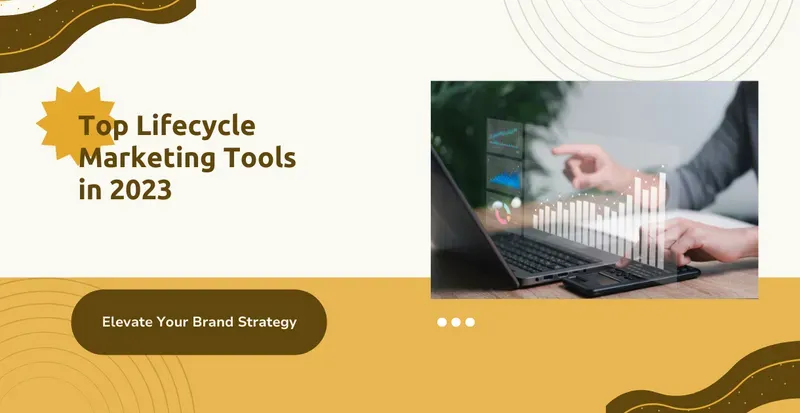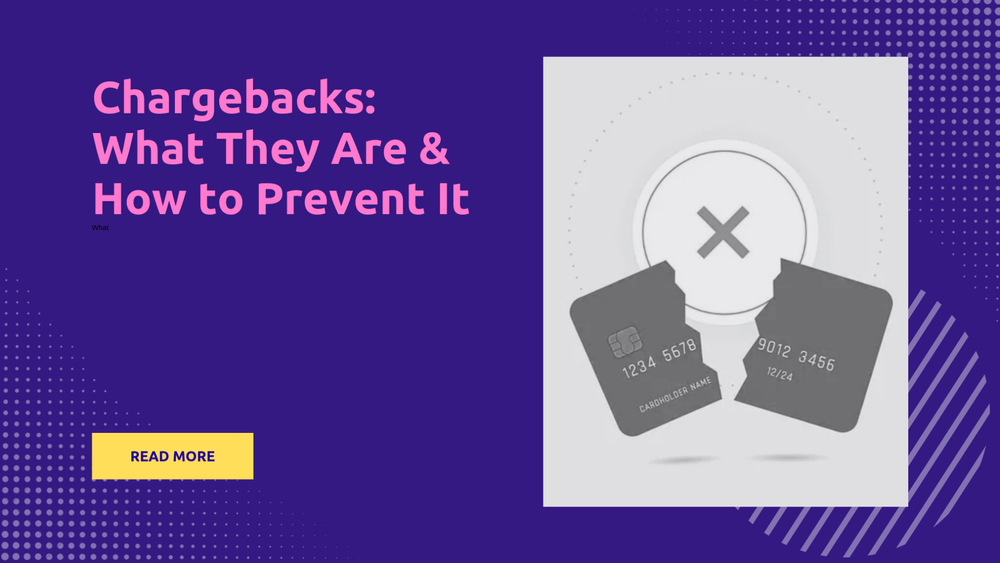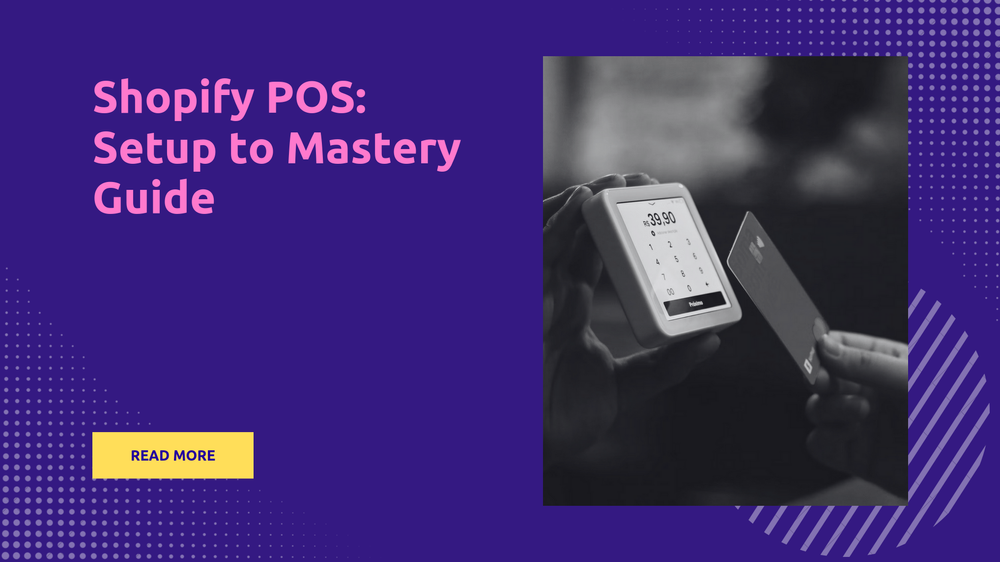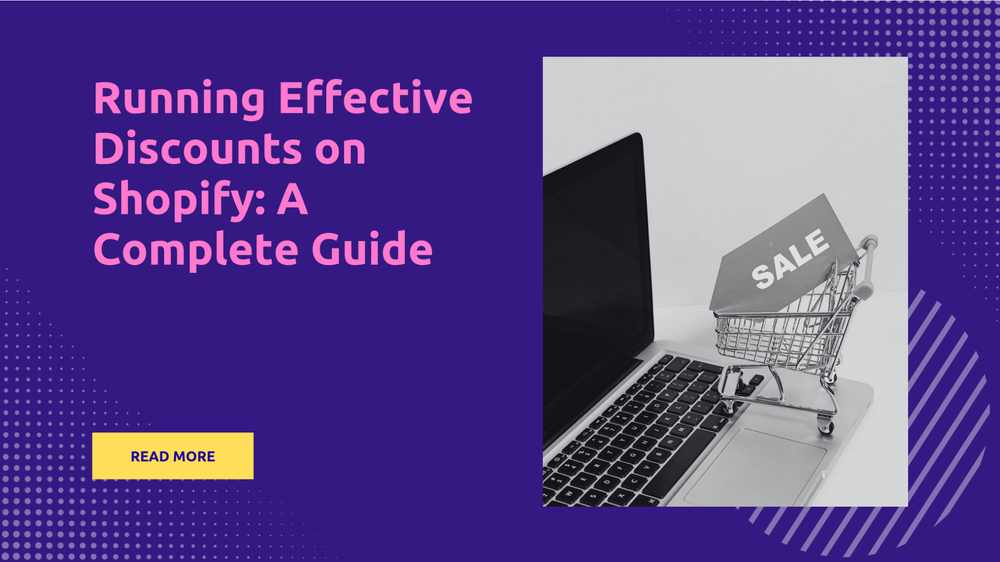Elevate Your Brand with 2024's Top Lifecycle Marketing Tools!
By Admin on

Unlock the 2024 Mega Guide to Revolutionizing Your Business with Lifecycle Marketing: Increase Loyalty, Boost Sales, and Transform Customers into Advocates!
Lifecycle Marketing: The Complete Guide for 2024
In the ever-evolving landscape of e-commerce, where customer engagement with businesses is of paramount importance, grasping the significance of nurturing relationships is essential. The concept of lifecycle marketing emerges as a critical strategy, possessing as much relevance in the current digital era as it did in times of small, family-owned establishments.
Lifecycle marketing is a strategy that goes beyond simple transactions and focuses on building strong connections with audiences. This comprehensive article explores the intricacies of lifecycle marketing in 2024.
What is lifecycle marketing?
Lifecycle marketing embodies a comprehensive approach aimed at nurturing and preserving relationships with customers throughout every stage of their engagement.
Recognizing that the customer journey unfolds over several phases, from initial awareness to becoming loyal advocates, this strategy tailors marketing efforts to connect effectively with audiences at each point along the way.
What is the 5 stage customer lifecycle marketing?
The five-stage customer lifecycle marketing model includes:
- Gaining New Ground: In this initial phase, the aim is to attract new customers or prospects. Marketing efforts focus on increasing brand visibility and drawing interest to its products or services. Strategies include creating engaging advertisements, producing captivating content, utilizing social media, and launching lead-generating campaigns.
- Lighting the Spark: Once leads have been collected or an audience has been established, it’s essential to prompt them to engage further with the brand. This stage strives to inspire them to make their first major action, whether it’s making a purchase, starting a subscription, or trying a free trial. Personalized onboarding experiences and engagement tactics play a crucial role in converting leads into active participants.
- Customer Retention: This phase emphasizes the importance of maintaining strong relationships with existing customers to ensure their continued satisfaction and engagement. Providing excellent support, sharing valuable content, and offering enticing loyalty programs aim to reduce turnover and increase repeat business.
- Income Generation: The focus, in lifecycle marketing, here shifts towards maximizing the revenue generated from each client. This might involve promoting additional products or services, optimizing pricing strategies, and enhancing the overall value delivered throughout the customer relationship.
- Advocacy: The final phase of lifecycle marketing seeks to turn satisfied customers into passionate advocates of the brand. Encouraging referrals, fostering organic word-of-mouth, and motivating social media shares can effectively attract new customers through the networks of existing ones.
Customer lifecycle marketing strategy
A customer lifecycle marketing strategy provides a customized approach, tailoring a brand’s marketing efforts to the various stages of a customer’s purchasing journey.
This strategy acknowledges the changing needs and expectations of customers as they move through different phases of engagement with a company. Here is a comprehensive guide to developing an effective customer lifecycle marketing strategy:
Understand Your Customer Journey: The first step is to identify and outline the stages of your customer’s e-commerce journey, which typically include:
- Awareness
- Acquisition
- Conversion
- Retention
- Advocacy
It’s important to note that each business might have its unique stages in the customer journey or minor variations in the purchasing process.
Segment Your Audience: Divide your customer base into smaller segments based on their current lifecycle marketing stage. Each segment may have different needs and behaviors, requiring tailored messaging to effectively reach them.
Create Customized Content: Develop lifecycle marketing campaigns and initiatives that are tailored to each customer segment and their journey stage. The brand’s communication should specifically address the unique desires and needs of its customers, with strategies varying from raising brand awareness to highlighting the advantages of loyalty.
Adopt a Multi-Channel Marketing Strategy: Utilize a variety of marketing channels, including email, social media, content marketing, and paid ads. This helps connect with your audience across different platforms, ensuring a consistent and cohesive brand narrative.
Utilize Automation: Implement marketing automation tools to enhance your efforts, allowing for the delivery of customized messages at the most opportune moments, which fosters lasting customer-brand relationships and maintains customer engagement.
Monitor Your Metrics: Regularly collect and analyze data to gauge the effectiveness of your customer lifecycle marketing strategies. Keep an eye on key metrics such as conversion and retention rates to fine-tune your strategy and maximize effectiveness.
Personalization: Tailor your marketing messages to align with each customer’s preferences and behaviors. Use data insights to recommend relevant products or services, offer personalized promotions, and ensure a seamless customer journey.
Gather Customer Insights: Actively seek out feedback from customers throughout their journey to refine your strategy and address any friction points.
Adapt and Evolve: Remain flexible and resilient with your lifecycle marketing strategy, continuously adjusting it in response to market changes. Thus, ensuring your marketing efforts are effective and current.
Assess ROI: Analyze the return on investment at different stages of the customer journey to strategically allocate resources and maximize profitability.
Lifecycle marketing process
Lifecycle marketing represents the intricate process of developing and maintaining connections with customers throughout their entire journey. It emphasizes the importance of recognizing the different phases customers experience during their e-commerce journey and creating customized marketing campaigns designed.
This approach ensures a continuous and evolving relationship with customers, beginning with their initial interaction and evolving into loyal patronage.
The stages of lifecycle marketing are meticulously mapped out to include:
- A deep dive into understanding the customer lifecycle journey, starting from the initial awareness about the brand and progressing through to the crucial purchase Which eventually leads to a durable loyal relationship between customers and brands. This understanding is enhanced through the implementation of customer surveys, insightful interviews, and relevant focus groups.
- Identifying the target audience is pivotal. With a thorough understanding of the customer journey within the e-commerce landscape, it becomes possible to accurately identify the target audience for each phase. This strategic identification enables the creation of marketing campaigns that are not only highly targeted but considerably more effective.
- Creating tailored marketing initiatives is crucial. Marketing efforts should be customized for every phase of the customer’s journey, ensuring that each campaign effectively moves customers closer to making a purchase. Such a strategy does not only cater to the potential customer base but also encourages them to take action.
- Monitoring the progress of these lifecycle marketing endeavors is essential for success. By analyzing the outcomes of customer lifecycle marketing efforts, it’s possible to differentiate between the successful strategies and those that are less effective, allowing for the continuous refinement and improvement of marketing campaigns.
Best Customer Lifecycle Marketing Tools
Selecting the appropriate lifecycle marketing tools is significantly determined by specific business needs, budget constraints, and the complexity of marketing campaigns. This discussion highlights some leading customer lifecycle marketing software across various categories to meet diverse demands.
- HubSpot is recognized as an all-encompassing CRM and lifecycle marketing automation platform that caters to businesses of varying sizes. It is equipped with an extensive range of features that simplify the management of leads, contacts, and deals. Additionally, it provides powerful automation tools to enhance crucial customer lifecycle marketing initiatives.
- Salesforce Marketing Cloud is distinguished as a powerful marketing automation tool engineered to cater to the requirements of enterprise-level organizations. It offers a broad spectrum of functionalities that facilitate the automation of lifecycle marketing strategies, effective segmentation of customer groups, and meticulous tracking of campaign performance. With Salesforce Marketing Cloud, organizations have access to the necessary tools to fine-tune their marketing strategies for optimal outcomes.
- Marketo is preferred for lifecycle marketing automation, especially for large businesses. It delivers a variety of functionalities that empower companies to effortlessly automate their lifecycle marketing efforts and segment their target audiences efficiently. It also enables business owners to thoroughly track their performance results.
- Adobe Campaign is a versatile marketing automation solution designed for both large and small companies. It provides myriad tools that assist businesses in streamlining their marketing efforts, efficiently categorizing their audience segments, and accurately monitoring the results of their campaigns.
Lifecycle marketing automation using AI
Harnessing the power of AI for lifecycle marketing automation can significantly streamline marketing efforts, tailor communication, and amplify outcomes.
- Audience Segmentation: Artificial Intelligence can provide companies with a golden ticket to precisely navigate the diverse spectrum of audiences. By analyzing demographics, uncovering interests, and tracking purchase behavior, it offers the chance to tailor lifecycle marketing messages with remarkable accuracy. This ensures content resonates on a personal level, forging meaningful connections.
- Deliver Tailored Communications: With AI, creating customized messages for every phase of the customer journey becomes straightforward. This level of personalization isn’t just impressive; it represents a transformative shift in forging meaningful connections.
- Effortless Product Exploration: Companies can provide visitors with a tailored product discovery experience, effortlessly addressing their inquiries. This innovation saves valuable time and resources while ensuring customers receive individualized and pertinent communications, enhancing the shopping experience.
- Monitoring Outcomes: AI serves as an advanced tool for monitoring the results of marketing initiatives, identifying opportunities for improvement. Leveraging this technology, companies can refine their lifecycle marketing approach, aiming for enhanced performance and outcomes.
Benefits of customer lifecycle marketing
Embarking on a journey with customer lifecycle marketing unlocks numerous advantages, especially for companies aiming to build lasting relationships with their customers. Here, we delve into five key benefits:
Enhanced Customer Loyalty: Focusing on existing customers and catering to their needs throughout various crucial moments not only reduces the chance of them leaving but also strengthens their loyalty. This enhanced commitment increases the customer lifetime value, demonstrating the effectiveness of continuous engagement.
Elevating the Customer Journey: Tailoring lifecycle marketing strategies to each stage of the customer journey ensures every interaction is filled with relevance and comes at the right time. Such personalization leads to a rewarding customer experience that encourages repeat business and transforms customers into enthusiastic advocates.
Improved Interaction with Customers: By engaging with customers continuously throughout their journey, a stronger bond is formed. This ongoing engagement boosts customer interaction metrics, leading to more frequent engagements with the content, products, and services offered.
Enhanced Conversion Opportunities: Understanding customer needs and challenges enables the creation of compelling lifecycle marketing narratives. This understanding leads to higher conversion rates as customers are more likely to take desired actions throughout their journey.
Enhanced Profitability and Revenue Expansion: Customer lifecycle marketing allows for a more efficient use of resources by focusing on targeted efforts at every stage, likely resulting in increased revenue, higher ROI, and stronger customer loyalty.
Lifecycle marketing examples
Let’s explore some practical examples of lifecycle marketing:
- Greetings Email: When someone joins a mailing list, sending them a warm welcome email offers a perfect chance to introduce them to the brand, highlighting the range of products or services available. Additionally, offering a unique discount or special offer can motivate them to make their first purchase.
- The Forgotten Basket Reminder: Sometimes, customers fill their shopping cart but leave the site without completing the purchase. Sending a gentle reminder via email about the items they left behind, along with a tempting discount, can encourage them to finalize their purchase.
- Birthday Surprise Email: Celebrating a customer’s birthday with an exclusive email containing a unique offer or discount is a thoughtful gesture. It shows appreciation for their loyalty and encourages them to indulge in a celebratory purchase.
- Curated Picks Just for You: Receiving an email with a personalized selection of products, tailored based on past purchases and preferences, creates a customized shopping experience. This not only aims to boost sales but also ensures customers feel valued and understood.
- Customer Rewards/Loyalty Scheme: Establishing a customer rewards or loyalty program is an effective way to express gratitude to customers for their ongoing support. By collecting points with every purchase, customers can redeem them for various rewards, enhancing their engagement and loyalty to the brand.
Conclusion
Viewing marketing through the perspective of the customer lifecycle presents a dynamic approach to enhance engagement, encourage loyalty, and significantly increase sales across all brand sizes. Understanding the details of each phase in the customer lifecycle and crafting messages that connect personally can strengthen relationships with customers, encouraging more frequent transactions. This strategy focuses on cultivating customer loyalty by offering personalized interactions at every stage of their relationship with a brand.
FAQs
Diving into the realm of customer lifecycle marketing, several commonly posed queries are explored:
Is lifecycle marketing the same as CRM?
No, lifecycle marketing and Customer Relationship Management (CRM) do not refer to the same concept, though they closely collaborate to enhance customer relations.
What is the difference between lifecycle marketing and a sales funnel?
Lifecycle marketing focuses on nurturing and retaining customers across various stages of their journey, aiming to establish faithful brand-customer relationships. In contrast, the sales funnel primarily concentrates on converting leads into customers, often with an immediate goal of sales conversions.
Lifecycle marketing sets itself apart by seeking not only to secure the initial sale but also to continue engaging, retaining, and fostering loyal customers.



